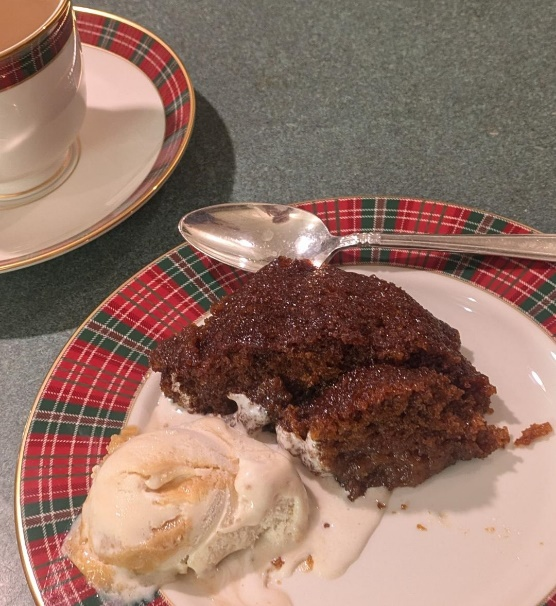By Carolyn McDonald Graf

Honeybees seem to have their origin in Afro-Eurasia and appear in the fossil records from 34 million years ago. Bees spread naturally throughout Africa and Eurasian until humans began to cultivate them and were responsible for distributing them worldwide. There are about 20,000 species of bees in the world, but only eight species of honeybees. Most of these were cultivated or exploited for honey and beeswax by humans indigenous to the bees’ native range. Only two species have been truly domesticated: Apis mellifera and Apis cerana. Cultivation of Apis mellifera (western honeybee) dates to at least the building of the Great Pyramids and is the only species carried widely beyond its native range.
As bees were carried to different regions and cultivated, they developed different traits, adapting to their new climates. Scotland’s native bees also developed distinctive characteristics. They are larger than the European, with long hairs on their abdomen. They have a wing structure that is more suitable to windy conditions and are able to fly in cooler conditions. They tend to gather larger amounts of pollen which are stored as protein to feed young bees. Native bees also stop brooding in winter and slowly build their colony size in the spring as foraging supplies increase. The increase in commercial beekeeping and cross breeding of types of bees has endangered the native breed.
The Hebridean islands of Colonsay and Oransay have one of the few pure and isolated populations of native honeybees in Europe. These were established in the 1970s and 80s from mainland stocks and were recognized by the British government, when the Beekeeping order 213 was passed, preventing other bees from being brought onto the islands. There are continuing efforts to create other pockets of native bees away from other beekeepers.
One of the most famous uses of Scottish honey is as an ingredient in Drambuie. Legend has it that Prince Charles Edward Stuart, Bonnie Prince Charlie, gave his own secret recipe for his personal liqueur to the chief of Clan MacKinnon as thanks for helping him escape from the King’s men after defeat at the battle of Culloden, 1746. The story continues that in 1873 the recipe was passed on to an hotelier in Skye whose customers called it “an dram buidheach” or the drink that satisfies. The shortened form of that became Drambuie.
Honeybees love Scotland’s wide swaths of heather and create a popular flavored honey. Even if you don’t have heather honey, you can enjoy the following recipe.
Heather Honey Steamed Sponge

In many humble crofts, a kettle hung over the peat fire was the main cooking vessel, and honey was the main source of sweetening. Often, a pudding or a sponge cake was tied up in a cloth and boiled in the kettle. This recipe uses a pudding basin but a plain two or three cup mixing bowl works as well.
Ingredients:
¼ cup heather honey (or any type of honey)
4 ½ tablespoons butter
¼ cup sugar
2 eggs
½ cup self-rising flour
½ teaspoon baking powder
Put 2 tablespoons of the honey in the bottom of a buttered 1 pint (2 cup) pudding basin or mixing bowl.
Add the remaining honey, butter, sugar, eggs, flour, and baking powder into a bowl and mix until smooth. Pour into the prepared basin (or bowl) on top of the honey.
Lay a piece of parchment on top of a sheet of foil. Make a large pleat in the middle to allow the pudding to rise. Cover the pudding basin foil side up. Crimp around the edges and secure tightly with string,
Place the basin in a large sauce pan filled half way with boiling water. Allow that to simmer with the lid on for an hour. (Mine took 1 ½ hours before it was no longer soupy. I had to retie the parchment/foil cover.) Keep watch and add more water if necessary.
When done, remove the foil and turn the basin upside down on a plate. Serve with clotted cream or ice cream.
The Hebridean Baker, Coinneach Macleod, Sourcebooks, Naperville, Illinois 2022. P. 180

